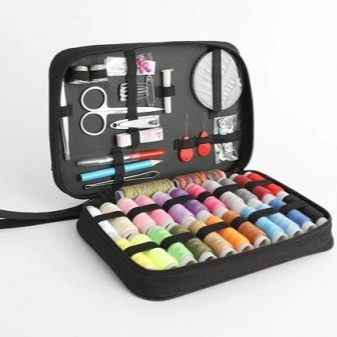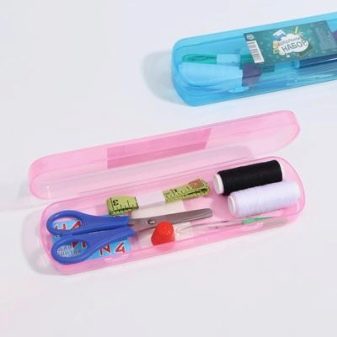Choosing a sewing kit
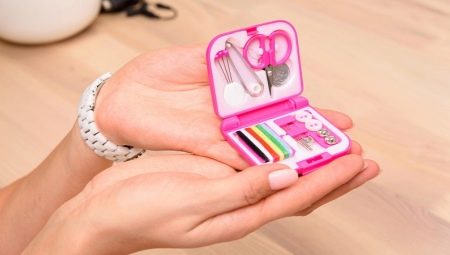
Sooner or later, each person is faced with the fact that something needs to be sewn or hemmed. You immediately need a thread, and a needle, and scissors, and other things to perform the desired action, but not always everything you need can be found at hand. Therefore, it is worth considering the option of a ready-made sewing kit. In the article we will tell you how to choose it correctly.
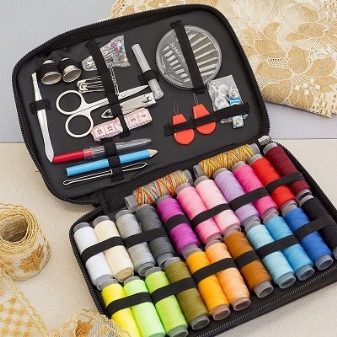
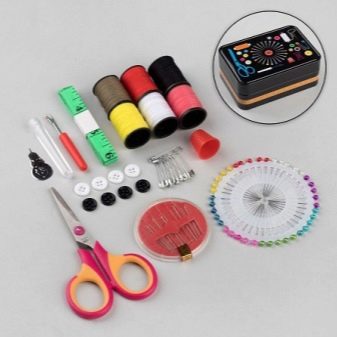
What is included?
The sewing kit includes all the necessary materials and tools that allow you not only to quickly fix your clothes. This set includes a large number of different needles, threads and pins, which are very useful in everyday life. Usually the contents of the sewing kit are standard. They can vary in the number and color of threads, needles and other details. The main difference is that these little things can be stored in different ways. The sewing kit can be either a stand-alone kit or a part of a repair kit. It can be compiled on your own or bought ready-made.
Experts advise you to make the most convenient sewing kit, or take a purchased one and remake it for yourself, since it can include a lot of unnecessary things, in addition, there are often no convenient and compact models on sale.
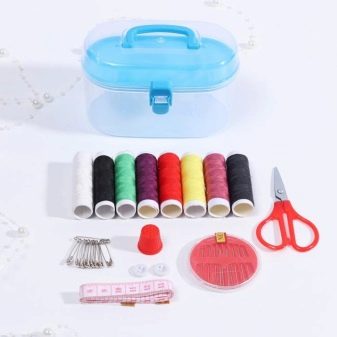
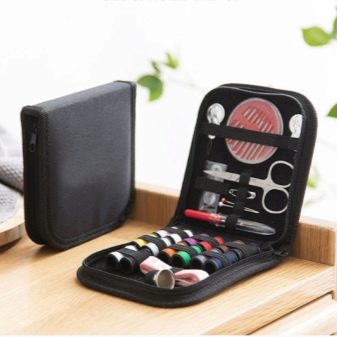
Let's take a closer look at what things should be in a standard sewing kit.
- Needle... It is advisable to have 3-4 needles at once. In addition, it is better to take needles numbered from 6 to 10. If you immediately pick up needles with an enlarged eye, then the process of threading into the needle will be much easier. For a hiking option, you can immediately take several threaded needles with you. If a large group is gathering, then you can increase the number to 6 needles.It is recommended to include a few more saddlery needles in the set, which are used to repair shoes or belts. If these needles are not available then sailing needles are an excellent alternative. If the needle and the threads are approximately the same in thickness, then the process of pulling the thread through the material will be quite easy.
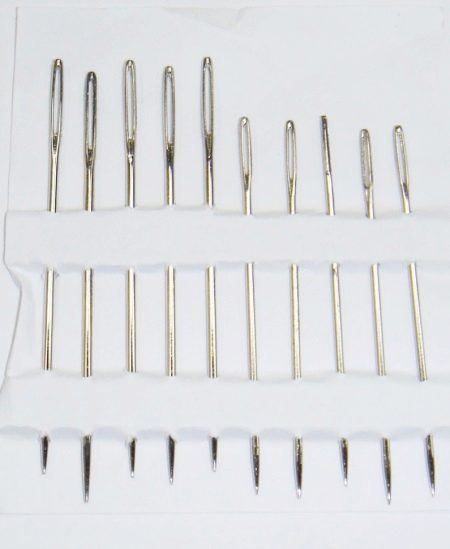
- Threads... If you need a set for a hike, you can take threads of the same color or 2-3 shades. The minimum number of threads should be 3 meters per person. If you need to take for a group - 8-10 m. For a large number of people, it is advisable to have at least 20 m of thread on hand. But taking the whole spool of thread is an irrational business. If you need a set for a long trip, then it is recommended to match the shade of threads to the color of your clothes, or to form a set with a large number of shades. It is better to use cotton thread for regular needles. The nylon thread is quite dense, so it is suitable for saddlery needles.
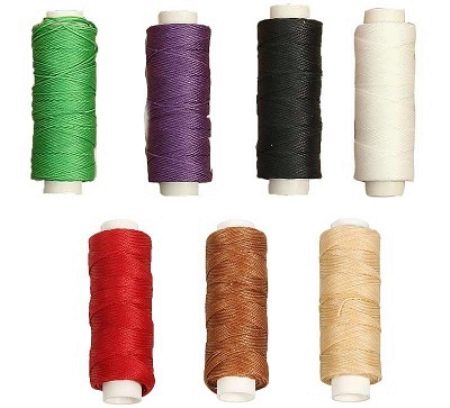
- Needle threader... With this device, you can thread the needle fairly quickly and easily. If there is poor lighting, tired eyes or frozen fingers, then this device will become indispensable.
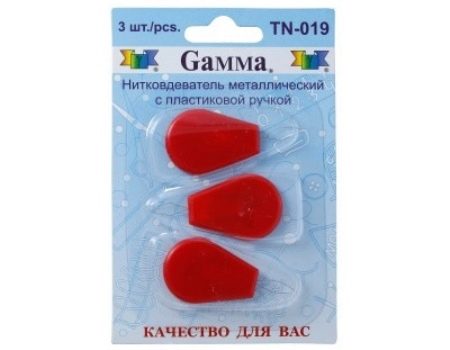
- Thimble... This device is designed to simplify the process of piercing the material with a needle when it is necessary to work with several layers of fabric at once, or when repairing shoes. Without the thimble, all fingers will be punctured.
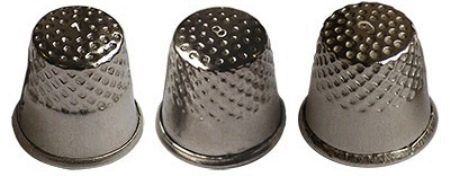
- Safety pin... Its presence is mandatory in a hiking kit, because if the zipper on the clothes breaks, then with its help it will be possible to save the situation. This will allow you to temporarily bond the edges together. It is desirable to have 3-4 such pins in one set.
If you are going on a weekend hike, then only 1-2 safety pins will be enough, and then you don't need to take needles and threads with you at all.
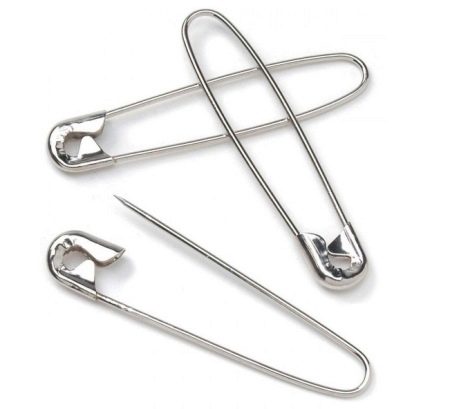
- Patch... There are times when it is impossible to sew up a torn place, in which case a patch will come in handy. It is best to match a similar fabric to your clothes. The size of the fabric should be rather big. Although on a hike, any fabric will come in handy. The size of the patch should be at least 10x10 cm, and it is better to have several of them.
Important! Fabrics such as tent and tarpaulin should not be pulled together with a needle, but sewn up with a patch.
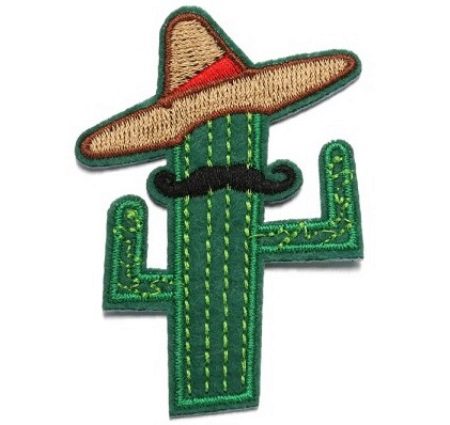
- Buttons... You can take them if your clothes have buttons. If one of them comes off, then you don't want to replace it with a safety pin. If you decide to take the buttons with you, then you will need at least 2-3 things. Size and color play a secondary role.
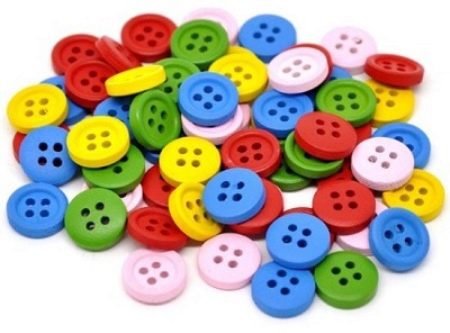
- Parser... This device will be necessary if you need to flog the seams, for example, you will need to replace the fastex on the backpack. You can do without a ripper. A regular blade can be a good replacement.

- Awl... This tool will come in very handy when repairing shoes or sewing thick material. It is important to take an awl with a thin tip. If it is needed for the skin, then it is better that the tip is triangular. Further, the sting should expand. The awl is indispensable for making holes for buttons.
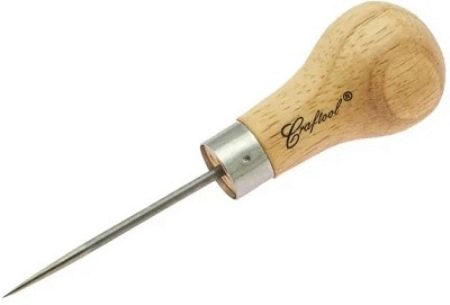
- Scissors... This tool is optional in the kit as it can be easily replaced with a knife. If you want to take the scissors, then it is better to take a folding model so that they take up less space.
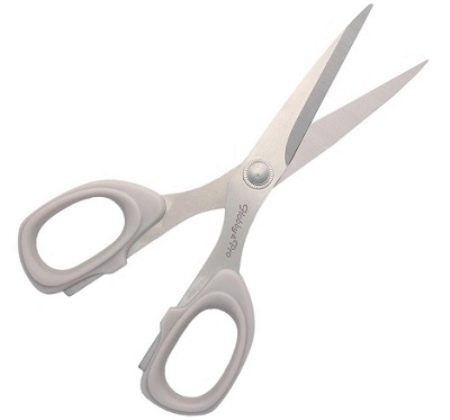
What are they?
Now on sale there is a wide range of sewing kits, which allows you to choose the most convenient option for everyone. Let's take a closer look at the main types of such sewing kits.
- Marching... Such a set usually includes a large number of threads of different colors, a set of needles, a measuring tape, small scissors, and a thimble. It can be presented in a special case or a purse that fastens with a zipper. The hiking set is designed for long journeys and active tourism. It can be used to repair minor damage to clothing on the road.
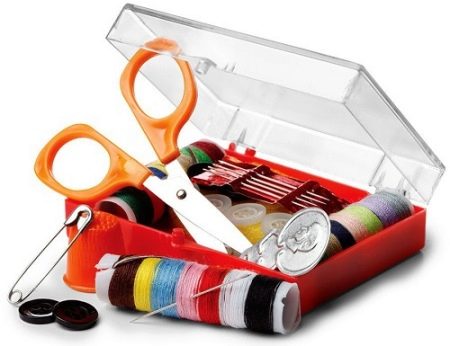
- Road... This set is also sold in a case.It usually includes needles, pins and safety pins, a needle threader, buttons, a thimble, a ripper, a measuring tape, and sewn-on buttons. In addition, strong scissors can be purchased separately.
Travel kits are usually compact because they don't need to take up much space.
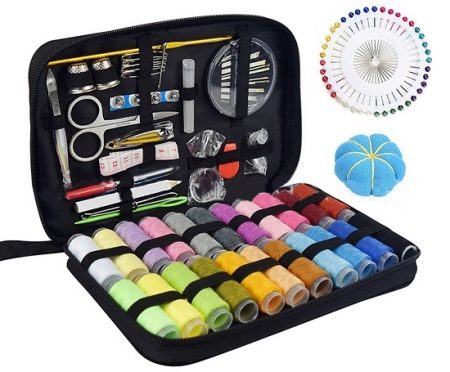
- For home. The basic set is perfect for home use. With its help, it will be possible to solve any problems in the repair of clothes and shoes. This set is usually quite large, since mini-variants are taken on the road. The home kit contains a large number of sewing accessories, for example, needles, threads, fabrics of different weights, hooks for clothes, buttons, a tape measure, a threader for threads, a thimble, an elastic band, metal buttons, crayons and scissors.

How to choose?
To date, a fairly wide range of ready-made sewing kits from different manufacturers is on sale. You can opt for one of them or choose all the necessary accessories yourself. The second option requires more strength and energy, so many decide to purchase a ready-made set.
When choosing a sewing kit, you should pay attention to the following nuances:
- compulsory components are needles and threads;
- if there are scissors in the set, you should check how sharp they are;
- the more days you are going to spend on a hike, the more sewing items you may need;
- if you wish, you can immediately prepare needles and threads so as not to waste time and effort threading the needle.
